Dog training techniques have advanced through time, providing a variety of options to cater to each dog’s individual personality, abilities, and learning preferences. The main objective behind these techniques is to establish a strong connection between pet parents and their furry friends, resulting in well-mannered and obedient dogs. One popular training method is positive reinforcement, which involves rewarding desired behaviors to create lasting associations. For instance, clicker training uses a simple device to indicate when a dog has performed well and is about to receive a treat. This type of training offers continuous guidance and communication. Some training approaches incorporate technology, like electronic collars that provide gentle stimulation to reinforce commands. While these tools may spark debate among animal advocates, when used correctly, they can be effective for long-distance training. Regardless, pet parents should carefully explore and select the training technique that best fits their unique bond with their cherished canine companions. Enjoying the process is essential when training your Labrador.
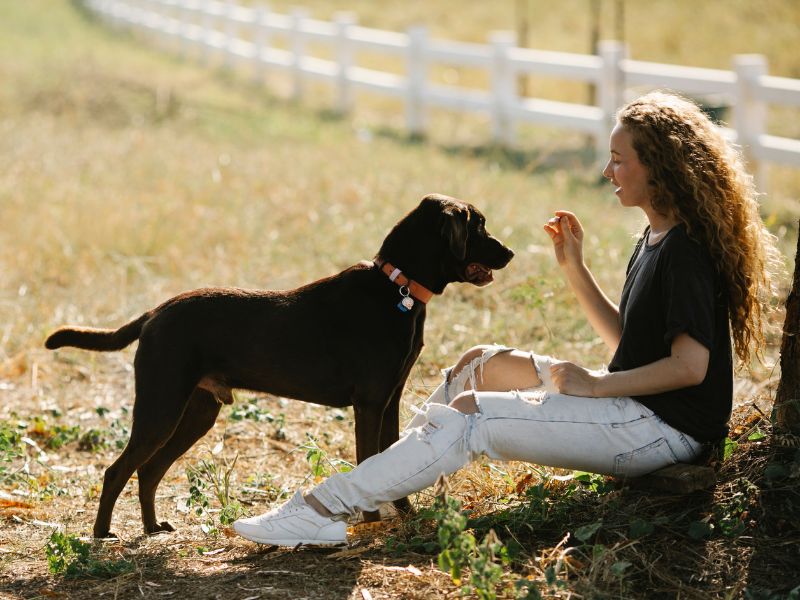
Teaching your Labrador new tricks should be a joyous and engaging experience for you and your furry friend. It’s important to employ positive reinforcement methods, which involve rewarding desired behaviors to encourage good conduct and foster a strong connection between you and your Labrador. Using rewards like treats, praise, or playtime when your dog follows commands or displays good behavior can make training sessions exciting and enjoyable. Consistency is key in helping your dog understand expectations and reinforce positive behavior. Keep training sessions short yet engaging to prevent boredom and maintain your Labrador’s interest. Aim for brief, regular sessions lasting around 10-15 minutes each, and maintain a lively and positive environment throughout. Incorporate a variety of training exercises to challenge your Labrador and keep them engaged. Focus on fundamental commands such as “sit,” “stay,” “come,” and “drop it,” as well as leash training and socialization with other dogs. Be patient and understanding, as every dog learns at their own pace. Stay calm and adaptable if your Labrador struggles to grasp commands immediately, adjusting your approach as needed. By making training fun and enjoyable, you’ll likely see success in shaping well-behaved, confident dogs while fostering a strong, lasting bond with your beloved pet.

When it comes to training dogs, there are several different techniques that can be used to achieve the desired results, depending on the dog’s breed, personality, and the behavior being addressed. Here, we will explore four popular methods of dog training. 1. Aversive-based training involves using both positive punishment and negative reinforcement. This method employs aversive stimuli, such as loud noises or corrections on a leash, to discourage unwanted behaviors. While it can be effective in teaching dogs not to repeat certain actions, it should be used cautiously to avoid causing fear or anxiety. 2. Reward-based training, also known as positive reinforcement, focuses on rewarding desired behaviors with treats, praise, or other forms of reinforcement. By associating positive outcomes with specific actions, dogs are motivated to repeat those behaviors. This method is widely considered effective in building a positive relationship and encouraging learning. 3. Alpha/dominance training revolves around establishing the trainer or owner as the dominant figure in the relationship. While some believe this approach is necessary for certain breeds or behaviors, it can lead to negative side effects like fear and aggression. The emphasis is shifting towards a cooperative relationship rather than one based on dominance. 4. Model-rival training is a unique approach where a dog observes another dog performing desired behaviors and receiving rewards. This technique leverages a dog’s natural inclination to learn through observation and social cues, making it useful for teaching complex tasks or behaviors. Although not as commonly used, model-rival training can be effective in specific situations. In conclusion, choosing the right training method for your dog depends on various factors. By understanding the pros and cons of each approach, trainers and owners can tailor a training plan suited to their dog’s needs and desired outcomes.
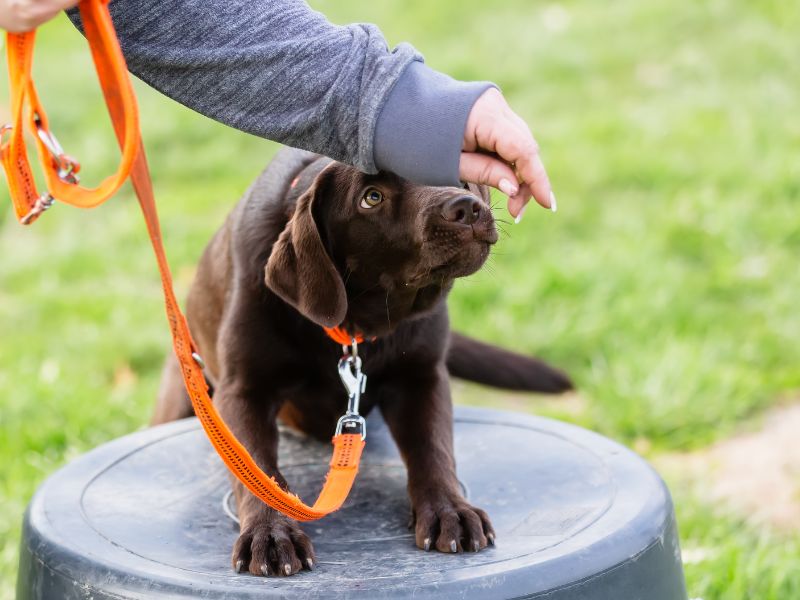
Modern Labrador training methods focus on positive reinforcement and reward-based techniques. These methods prioritize building a strong bond between the dog and its handler through trust and mutual understanding. By rewarding desired behaviors with treats, praise, and play, dogs are more likely to learn and respond positively. This approach avoids the use of force, coercion, and punishment, creating a happy and well-adjusted dog. Why Choose Modern Training? Modern training techniques have been shown to be more effective in the long run compared to traditional methods. Dogs trained with positive reinforcement are more eager to learn, responsive, and confident. This approach strengthens the relationship between the dog and its owner, leading to a more harmonious bond. Additionally, modern training methods focus on addressing behavior issues without causing fear, stress, or anxiety in dogs, creating a positive learning environment. In conclusion, modern Labrador training methods prioritize the well-being of the dog and aim to create a positive and enjoyable training experience for both the dog and its handler. By understanding and respecting the needs of the dog, modern training techniques can lead to a happy, well-adjusted, and obedient companion.
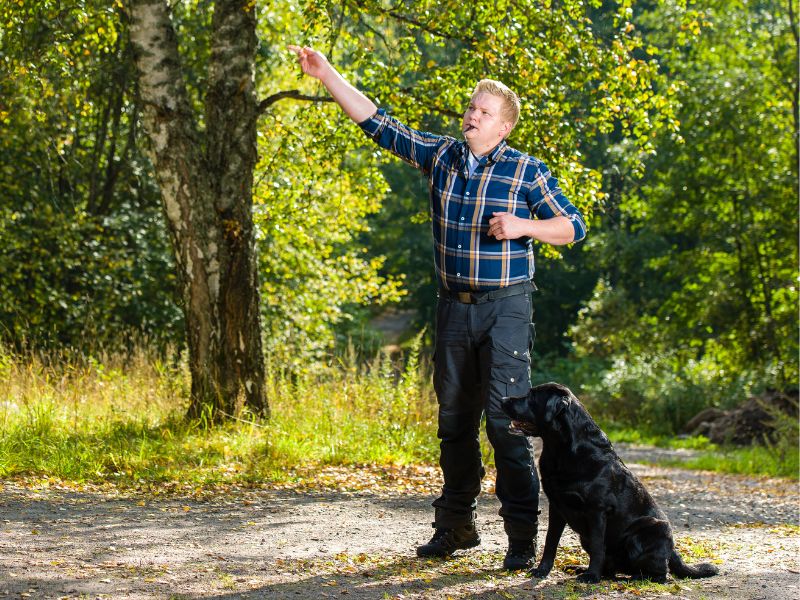
Contemporary dog training embraces science-based approaches like positive reinforcement and utilizing appropriate rewards to promote desired behaviors in dogs. This method moves away from traditional tactics involving punishment, aversives, and force. But what if you’re not a scientist? No problem! You don’t need a scientific background to incorporate modern training techniques with your Labrador. These methods are user-friendly and easy to grasp, making training both enjoyable and effective for you and your furry friend. When employing modern training methods, it’s crucial to: – Identify rewards that incentivize your Labrador (such as treats, toys, or praise) – Give rewards promptly after the desired behavior – gradually reduce the frequency of rewards as your dog becomes proficient in the behavior Consistency and repetition are key in modern dog training. Dedicate time each day for training sessions, and stay patient as your Labrador acquires new commands and behaviors. If you lack guidance, look for resources like online articles and tutorials on modern training approaches, recommended books on positive reinforcement, or local dog training classes and workshops. Numerous professional trainers and Labrador owners have witnessed impressive outcomes using modern training methods. Dogs trained through these techniques tend to exhibit increased happiness, confidence, and obedient behavior. The popularity of modern dog training is on the rise, with more trainers and dog owners adopting these methods due to their proven effectiveness and numerous benefits. Advantages of modern training methods include: – Quicker results – Strengthened bond between you and your Labrador – Reduced stress for both owner and dog – Effectiveness for dogs of all breeds and ages In conclusion, contemporary dog training offers a balanced approach that promotes successful results and enhances the relationship between you and your furry companion.
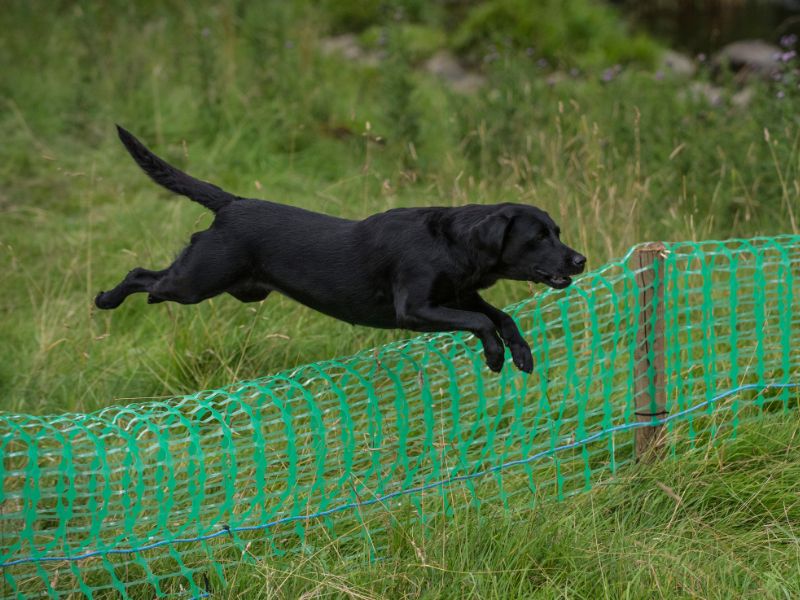
Trainers who practice balanced dog training methods believe in using a mix of positive reinforcement and corrective actions to modify behavior. This approach, also known as crossover training, aims to address the root causes of undesirable behaviors while meeting the needs of the dog. By identifying these issues and using the appropriate techniques and tools, trainers can effectively guide the learning process to produce well-behaved and obedient pets. However, despite the effectiveness of balanced training, it has faced criticism from some who view the use of corrective tools like prong collars or e-collars as harsh and inhumane. It’s important to understand that these tools are only beneficial when used correctly and with care. Improper use can lead to harm or instill fear in dogs. The key is to strike a balance between correction and reinforcement that suits each individual dog’s needs while prioritizing their well-being. When adopting a balanced training approach, take note of tips from renowned dog trainer Pippa, such as starting with foundational skills, using positive reinforcement, maintaining consistency in rules and expectations, practicing patience, and seeking help when needed. By implementing these strategies and finding the right balance between reinforcement and correction, you can foster a strong bond with your dog and create a safe and enjoyable training environment for both of you.
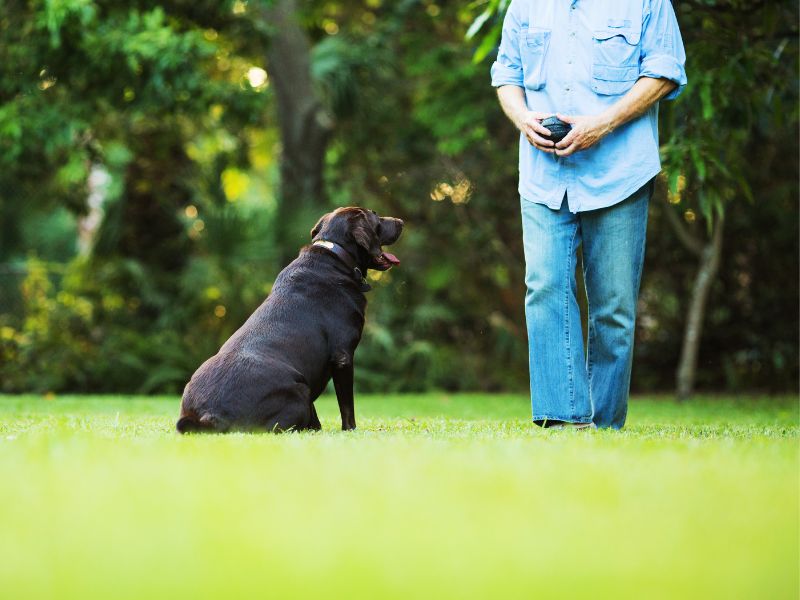
Looking to have a well-behaved Labrador? It’s essential to establish a set of rules for your furry friend to follow. Teach your Lab commands like “sit,” “stay,” “come,” “drop it,” and “fetch,” and work on loose leash walking to prevent pulling. Consistency is key, so be clear in your communication and practice regularly. When training your Lab, use positive reinforcement with food and toys to encourage good behavior. Rewarding your dog with treats or playtime when they obey commands like coming when called can be highly effective. Just be sure not to rely too heavily on these incentives and gradually reduce their use as your dog progresses. If you’re having trouble training your Labrador on your own, consider enrolling in a dog training class or consulting a professional trainer. These resources can offer structured lessons and opportunities for socialization. Opt for trainers who use positive reinforcement techniques for the best results with your Lab. If you need more guidance, don’t hesitate to seek additional information.
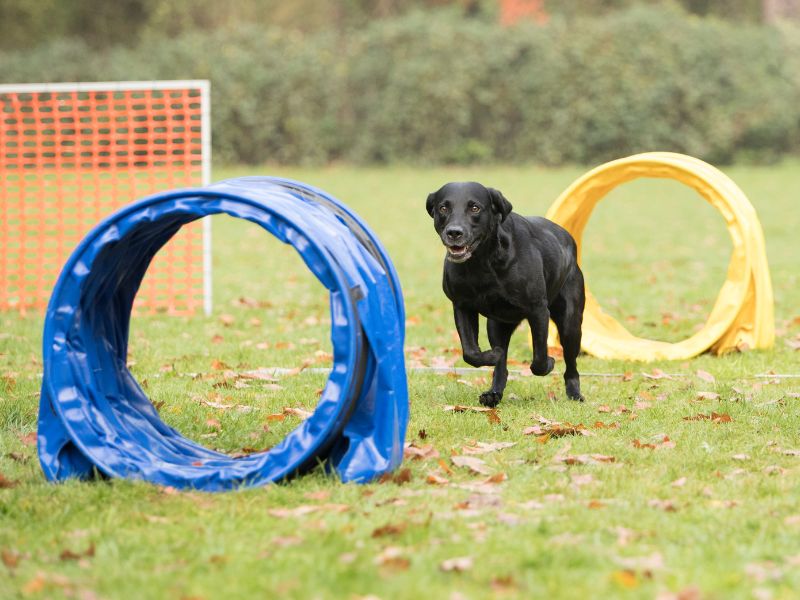
If you want to learn more about training your Labrador, there are plenty of resources out there to help you: – Books: There are many books available that provide expert advice and helpful tips for dog training. – Online forums: Join online forums where you can connect with other dog owners, share stories, and learn new training techniques. – Websites and blogs: Check out trusted websites and blogs like The Labrador Site and The Spruce Pets for valuable training advice specifically for Labrador Retrievers. – Videos: Watch online video tutorials for visual demonstrations of effective training methods for your Labrador. Remember, training your Labrador requires patience and consistency, and every dog progresses at their own pace. Stay positive and with time, your Labrador will transform into a well-behaved and obedient companion.


